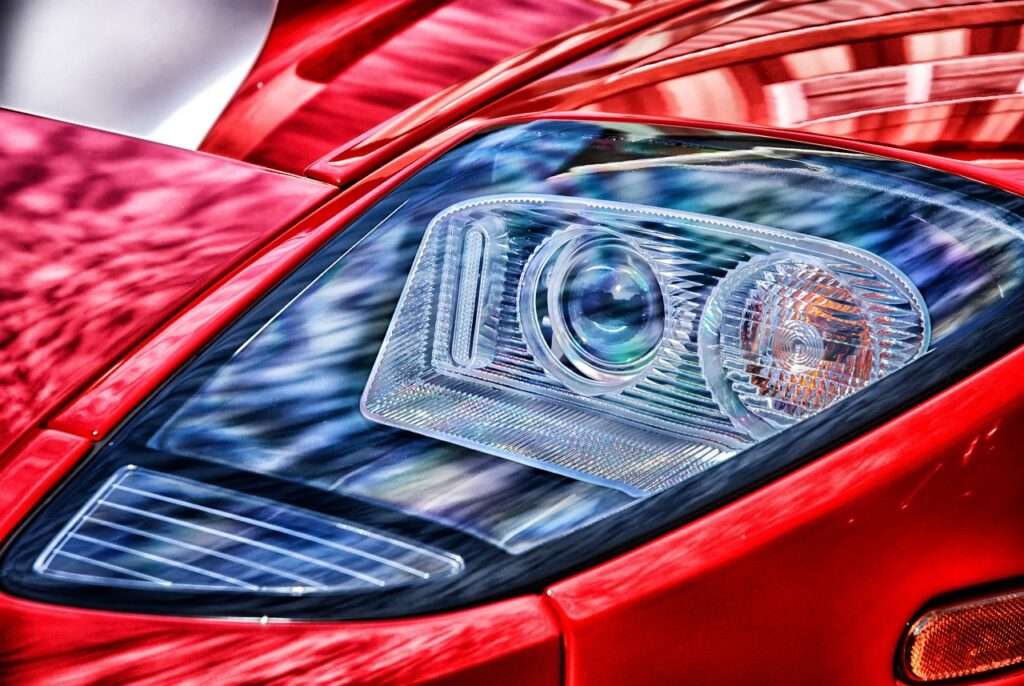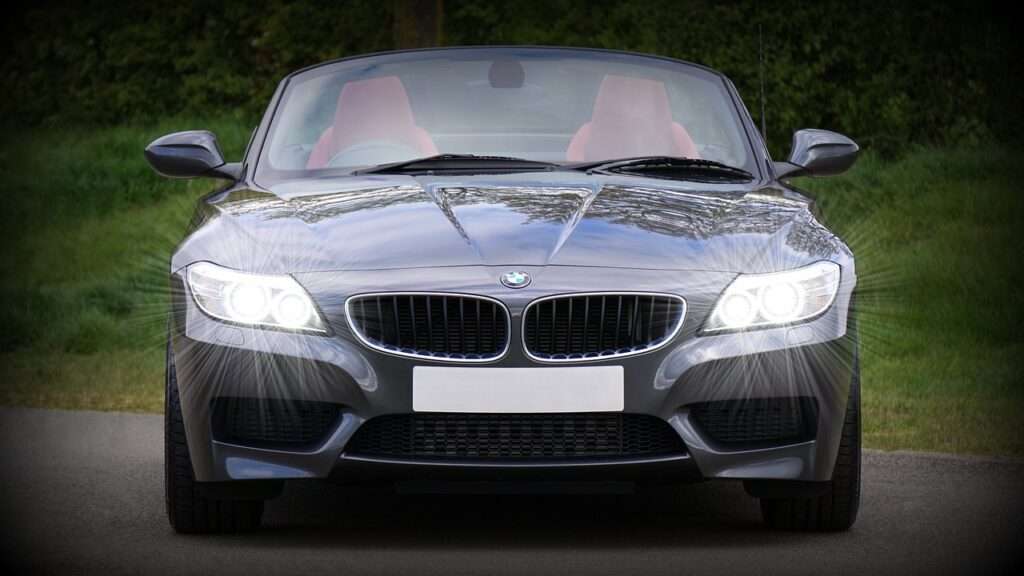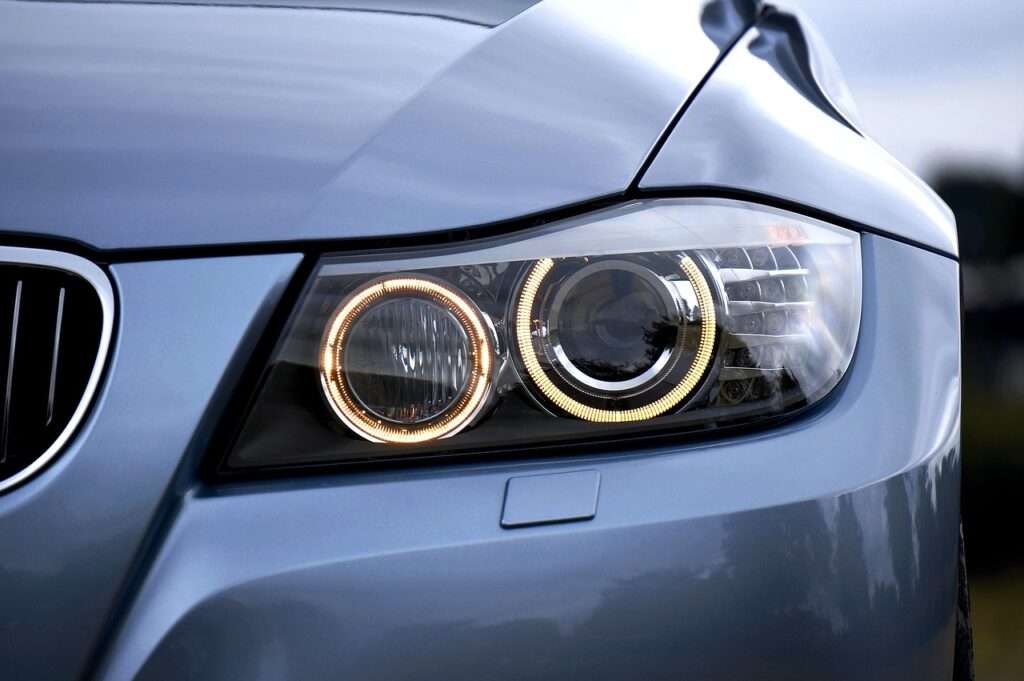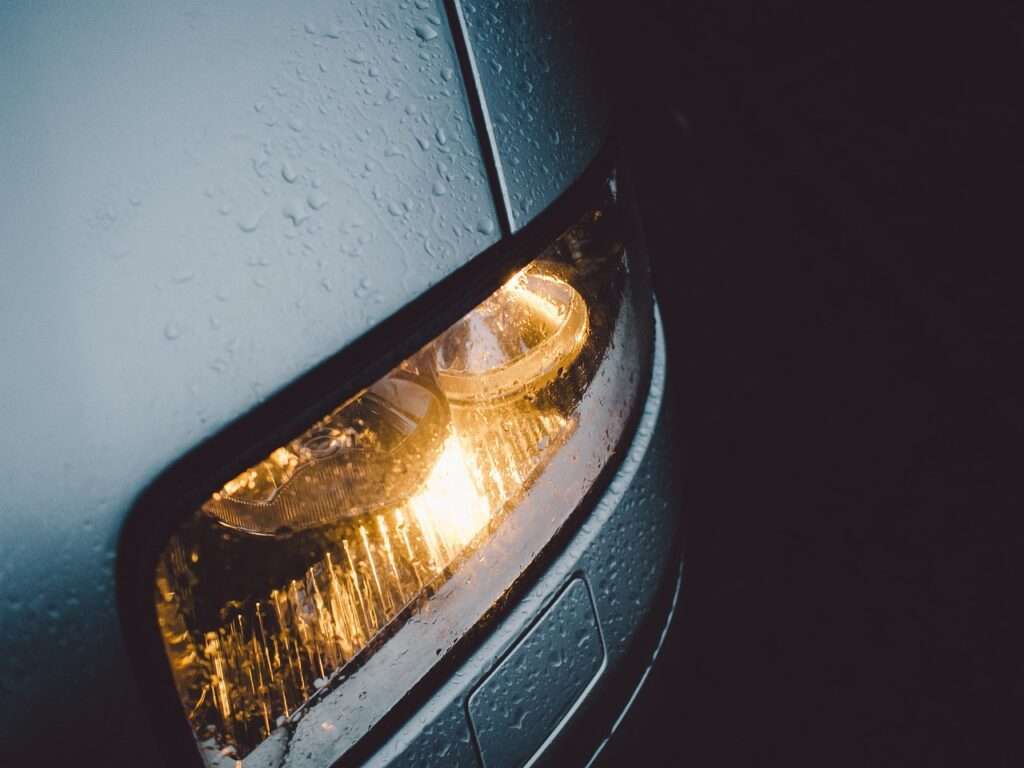
Car headlights are one of the most critical components for safe driving, particularly during nighttime or adverse weather conditions like fog and heavy rain.
Over time, headlights can burn out, dim, or lose their effectiveness, leaving drivers with reduced visibility.
Fortunately, replacing car headlights is a simple DIY task that doesn’t require professional assistance, saving you time and money.
Why You Should Replace Your Car Headlights
1. Enhance Road Safety
Driving with burnt-out or dim headlights increases the risk of accidents, especially on poorly lit roads.
Functional headlights ensure you see obstacles, pedestrians, and other vehicles clearly, improving your reaction time.
2. Meet Legal Requirements
In the United States and Canada, driving with faulty headlights is illegal and may lead to hefty fines.
Keeping your headlights in working condition ensures compliance with local traffic laws.
3. Improve Vehicle Appearance
Bright, functional headlights give your car a polished look.
Cloudy or faulty headlights can make even a well-maintained car look aged and neglected.
Types of Headlights and Their Advantages

1. Halogen Bulbs
Description:
These are the most common and affordable headlight bulbs.
They produce a warm yellow light.
Advantages:
Easy to replace, widely available, and cost-effective.
2. LED Bulbs
Description:
These energy-efficient bulbs produce a brighter, whiter light and last significantly longer than halogen bulbs.
Advantages:
Low power consumption, durable, and increasingly popular in modern vehicles.
3. HID (Xenon) Bulbs
Description:
Known for their intense brightness and bluish tint, HID bulbs are often used in luxury cars.
Advantages:
Brighter than both halogen and LED, ideal for night driving.
Tools and Materials Needed for Headlight Replacement
To replace your headlights, gather the following tools:

New Headlight Bulbs:
Check your car’s manual for the exact type of bulb.
Screwdrivers:
Both flathead and Phillips screwdrivers may be needed.
Gloves or Microfiber Cloth:
Protect the bulbs from oils and dirt.
Socket Wrench:
Necessary for certain vehicle models where additional components need to be removed.
Step-by-Step Instructions to Replace Headlights
1. Identify the Faulty Headlight Bulb
Turn on your headlights and inspect which bulb isn’t working.
Ensure you know whether it’s the low beam, high beam, or a combination bulb.
2. Ensure Safety Before Starting
Turn off the engine and the car’s electrical systems to avoid any risk of electric shock or short circuits.
3. Access the Headlight Assembly
Open your car’s hood and locate the headlight assembly.
If necessary, remove obstacles like the battery or air filter housing to get to the assembly.
4. Remove the Old Bulb
Twist the bulb socket counterclockwise to loosen it.
Detach the electrical connector by pressing the release tab and carefully pulling it away.
5. Install the New Bulb
Handle the bulb with gloves or a cloth to avoid transferring oils from your skin, which can shorten its lifespan.
Insert the new bulb into the socket and twist it clockwise until it clicks into place.
Reattach the electrical connector securely.
6. Reassemble and Test the Lights
Replace any removed components and close the hood.
Test the new headlights by turning them on to ensure proper functionality and brightness.
Pro Tips for a Successful Headlight Replacement

1. Replace in Pairs
Even if only one bulb is out, replacing both ensures balanced brightness and avoids the hassle of replacing the second bulb shortly afterward.
2. Clean the Headlight Lens
Use a headlight restoration kit or a mild cleaning solution to remove cloudiness or dirt from the lens, maximizing light output.
3. Align Your Headlights
After replacing the bulbs, check their alignment.
Misaligned headlights can create glare for other drivers or fail to illuminate the road properly.
4. Use Quality Bulbs
Opt for high-quality bulbs for better durability and brightness. Trusted brands often provide better performance and longer lifespans.
When to Seek Professional Assistance
If your car uses advanced headlight systems, such as adaptive or HID headlights, or if the issue involves wiring or the headlight assembly itself, it’s best to consult a professional.
